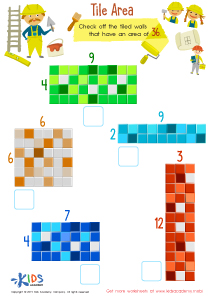Color recognition Normal Numbers Worksheets for Ages 5-8
4 filtered results
-
From - To
Enhance your child's early learning experience with our engaging Color Recognition Normal Numbers Worksheets for ages 5 to 8. Designed to spark curiosity and support foundational math skills, these worksheets help children recognize colors while learning to identify and work with numbers. Combing exciting visuals and color-coded activities, kids can develop critical cognitive skills in a fun, interactive way. Perfect for home or classroom use, our resources promote independent learning and reinforce essential concepts. Watch as your little learners brighten their educational journey, mastering both color recognition and number identification with ease. Start exploring today and make learning enjoyable!
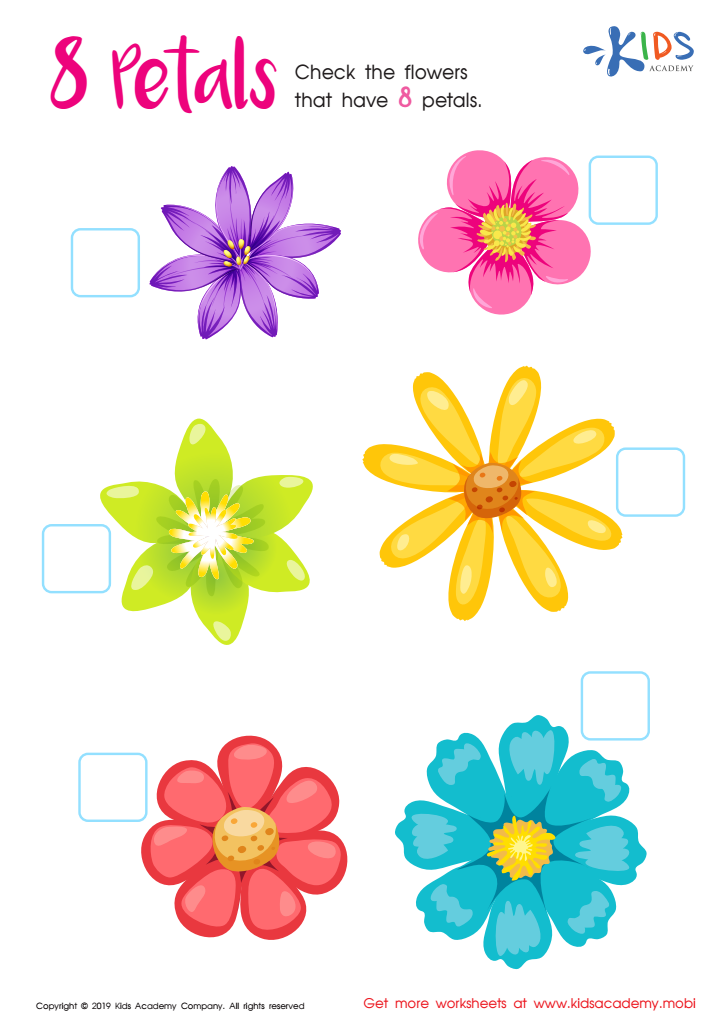

8 Petals Worksheet
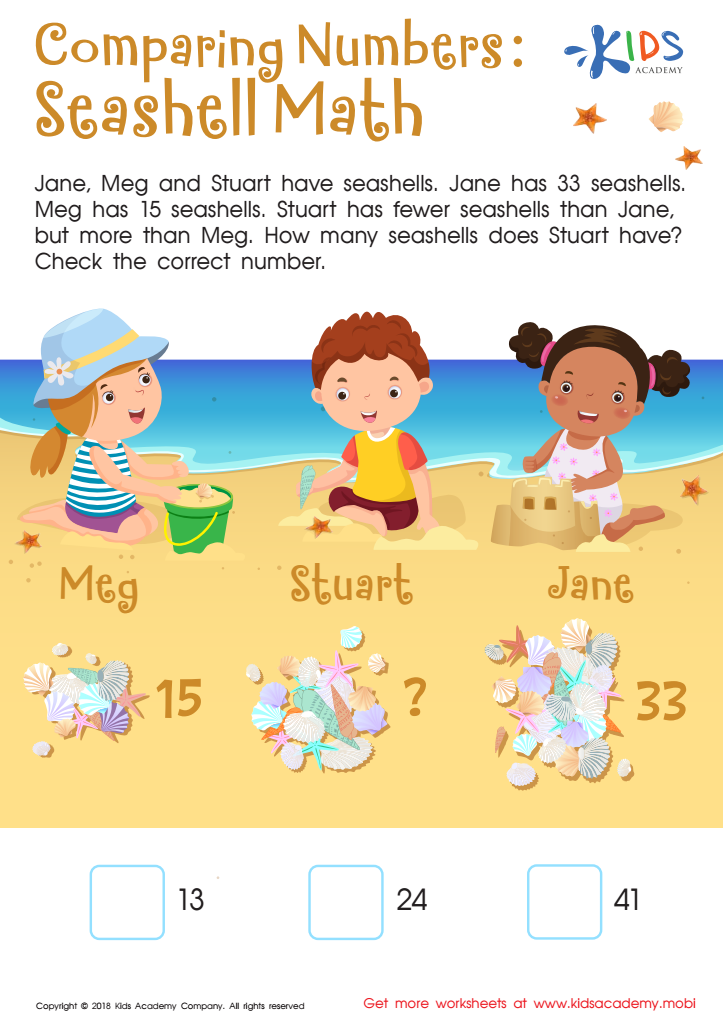

Seashell Collectors Worksheet
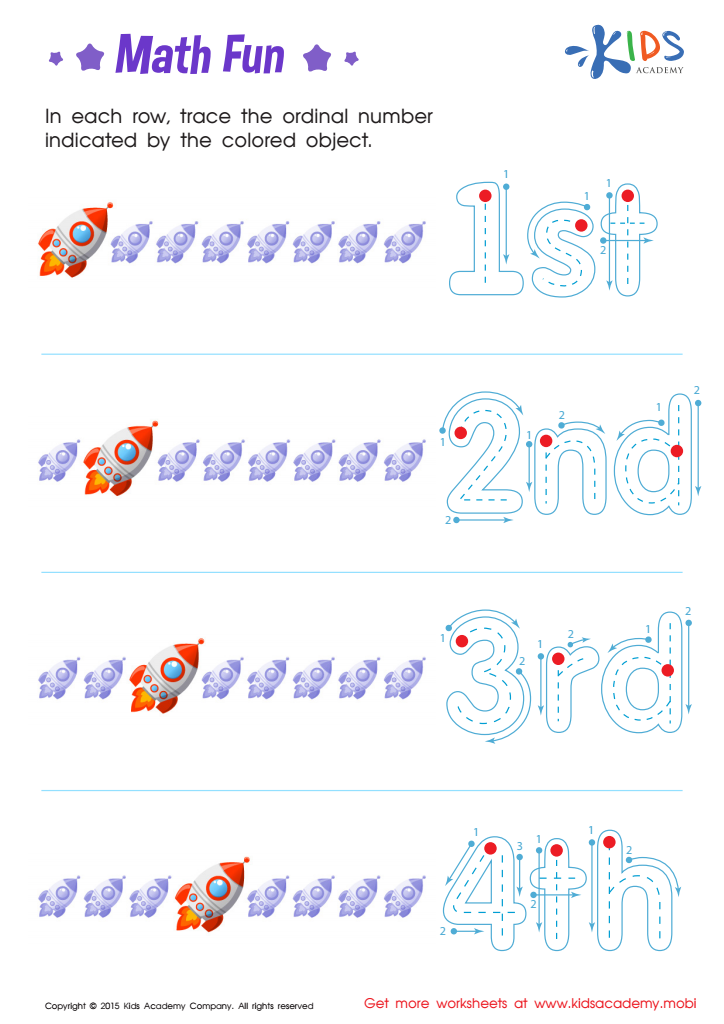

Ordinal Numbers: Math Fun Worksheet
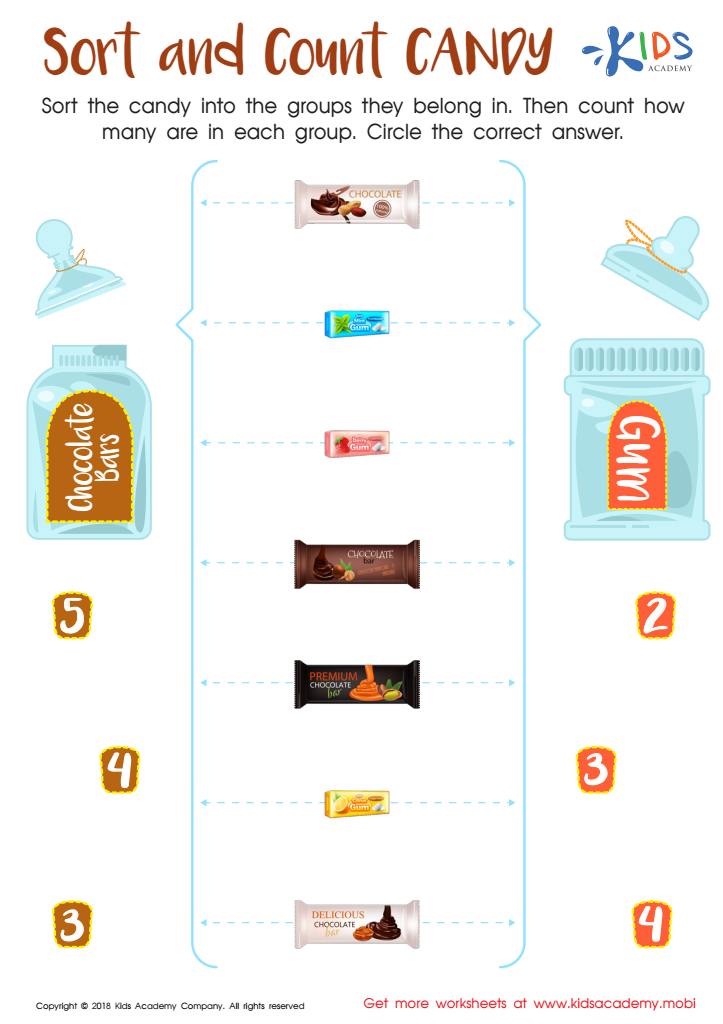

Sort and Count Candy Worksheet
Color recognition and understanding normal numbers are fundamental skills for children aged 5-8, essential for their cognitive and social development. First, color recognition helps children make sense of the world around them. It aids in language development as they learn to associate names with colors, enhancing their communication skills. Recognizing colors also supports critical thinking and categorization, which are foundational skills in mathematics and science development.
Simultaneously, grasping normal numbers (1-10) is crucial as it forms the bedrock for mathematical understanding. Children use these numbers in various contexts—from measuring ingredients in cooking to counting objects in their environment. Recognition of numbers helps in developing good problem-solving skills and instills an early understanding of basic arithmetic.
Moreover, both skills promote engaging learning experiences. Activities involving colors and numbers, such as sorting games or counting objects in art projects, cultivate creativity and collaboration. When parents and teachers prioritize these areas, they foster a supportive and enriched learning environment, enabling children to connect abstract concepts with real-world applications. This proactive approach equips students with essential life skills and prepares them for future academic success. Thus, it is vital for parents and teachers to actively support and encourage this learning process.
 Assign to My Students
Assign to My Students












